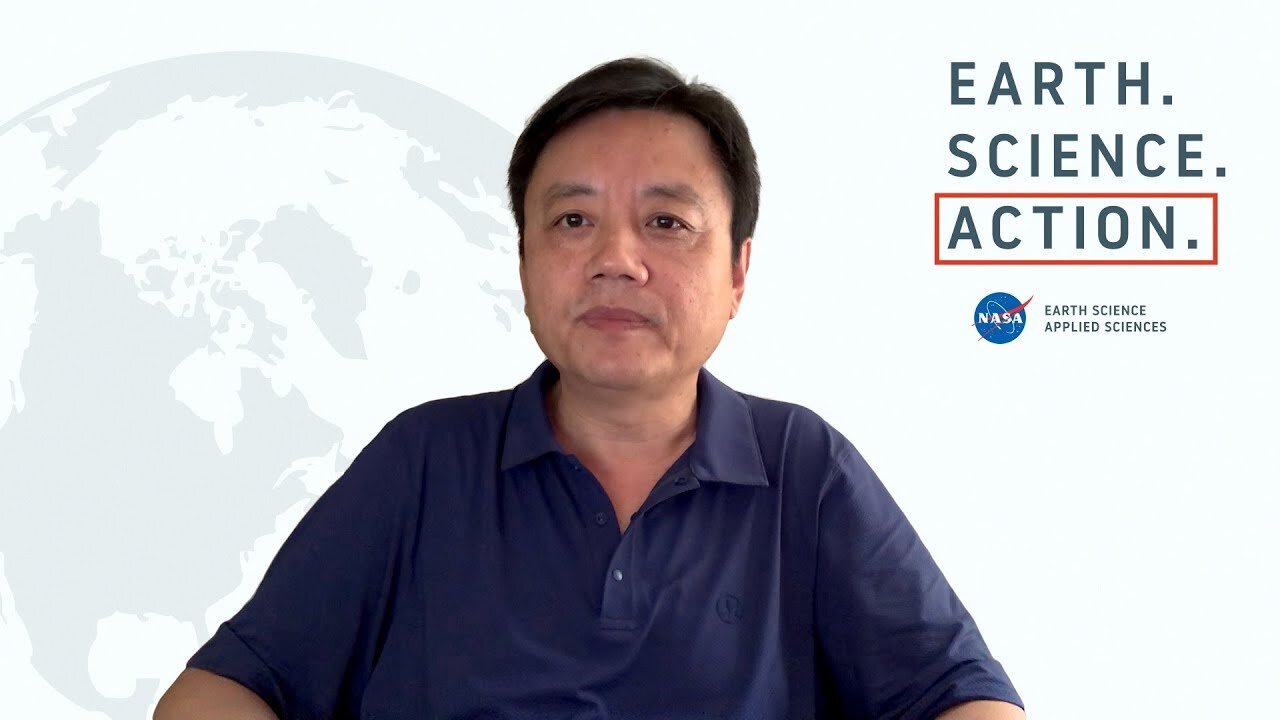Premium Only Content

Detecting Sargassum algae from space, also known as Sargassum seaweed //dxbdubai
Detecting Sargassum algae, also known as Sargassum seaweed, can be challenging because it often floats on the surface of the ocean and forms dense mats that can cover large areas. However, various methods and technologies have been developed to detect and monitor Sargassum algae blooms. Here are some common approaches:
Satellite Imaging: Satellite-based remote sensing is one of the most effective ways to detect and monitor Sargassum blooms over large ocean areas. Satellites equipped with sensors that can capture different wavelengths of light, including infrared and visible light, can detect changes in the color and temperature of the ocean's surface caused by Sargassum. These satellites provide valuable data for tracking the movement and extent of Sargassum algae.
Aerial Surveys: Aircraft equipped with specialized sensors can also be used to conduct aerial surveys of Sargassum blooms. These surveys can provide high-resolution images and data to complement satellite observations.
Ocean Buoy Networks: Some regions deploy ocean buoys equipped with sensors to monitor water quality and environmental conditions. These buoys can detect changes in water temperature, turbidity, and nutrient levels associated with Sargassum blooms.
Citizen Science: Citizen scientists and local communities can play a role in Sargassum detection. Reports and observations from beachgoers and coastal residents can help authorities track the presence and extent of Sargassum accumulations.
Machine Learning and Artificial Intelligence: Researchers are developing machine learning and AI algorithms to analyze satellite and aerial imagery more effectively. These algorithms can automatically identify and track Sargassum blooms based on patterns and features in the images.
Oceanographic Models: Numerical models of ocean currents and water quality can be used to predict the movement and dispersion of Sargassum algae. These models take into account factors such as wind, ocean currents, and water temperature.
Field Surveys: While remote sensing provides valuable data, ground-based field surveys are essential for verifying and validating the satellite and aerial observations. Researchers can collect physical samples and conduct detailed studies of Sargassum in affected areas.
Combining multiple methods, including satellite imagery, aerial surveys, and data from ocean buoys, allows scientists and authorities to better understand the dynamics of Sargassum blooms and respond to their presence. Early detection is crucial for managing the impacts of Sargassum algae on coastal ecosystems, tourism, and local economies.
Regenerate
-
 7:55
7:55
The Nima Yamini Show
19 hours agoWho Is Controlling Facebook and Instagram? The Truth About George Soros and Meta’s Oversight Board
42.1K70 -
 3:45
3:45
BIG NEM
11 hours agoDiscover Your Ikigai: Finding Your Ultimate Purpose
23.6K1 -
 13:19
13:19
Dermatologist Dr. Dustin Portela
1 day ago $6.03 earnedDo You Have Sebaceous Filaments or Blackheads?
16.4K3 -
 2:21:35
2:21:35
Price of Reason
14 hours agoThe Establishment WORRIES about Elon Musk AGAIN! Superman Trailer Discussion! Sonic 3 Review!
48K3 -
 1:14:54
1:14:54
Steve-O's Wild Ride! Podcast
18 hours ago $22.77 earnedZac Brown Reveals The Secrets To HIs Success - Wild Ride #247
89.1K15 -
 4:16:43
4:16:43
JdaDelete
12 hours ago $13.88 earnedProject Zomboid with the Boys | The Great Boner Jam of 2025
54.5K -
 6:00:08
6:00:08
SpartakusLIVE
12 hours agoYoung Spartan STUD teams with old gamers for ultimate BANTER with a SMATTERING of TOXICITY
40K -
 1:50:39
1:50:39
Kim Iversen
14 hours agoShocking Proposal: Elon Musk for Speaker of the House?! | IDF Soldiers Reveal Atrocities—'Everyone Is a Terrorist'
86.4K206 -
 43:27
43:27
barstoolsports
17 hours agoOld Dog Bites Back | Surviving Barstool S4 Ep. 9
141K4 -
 5:13:04
5:13:04
Right Side Broadcasting Network
7 days agoLIVE REPLAY: TPUSA's America Fest Conference: Day One - 12/19/24
191K28